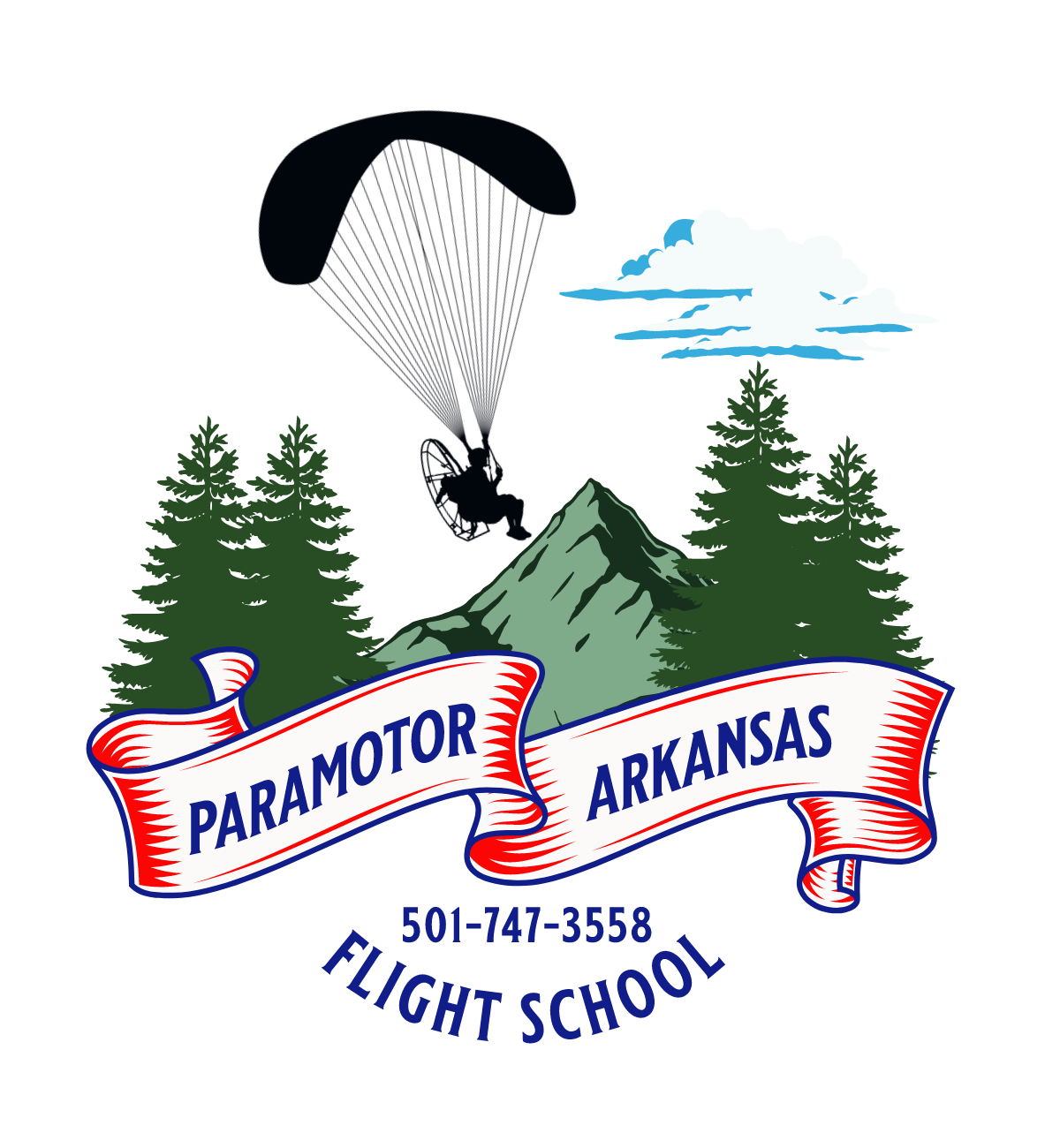Are there restrictions on where I can paramotor?
Paramotoring, like any aviation activity, is subject to certain restrictions and regulations to ensure safety and prevent interference with other airspace users. Here's a detailed explanation of the typical restrictions on where you can paramotor:
-
Airspace Regulations:
- Paramotors are generally classified as ultralight or microlight aircraft, and their operations are subject to airspace regulations. Different countries have varying classifications and rules for ultralight aviation. It's essential to familiarize yourself with the specific regulations in your country or region.
-
Restricted Airspace:
- Certain airspace areas, such as military zones, restricted zones, and controlled airspace around airports, may have restrictions or prohibitions on paramotor operations. It's crucial to check and adhere to airspace restrictions to avoid legal consequences and ensure safety.
-
Permission from Landowners:
- Even when operating in uncontrolled airspace, paramotor pilots should seek permission from landowners before taking off or landing on private property. Respecting landowner rights is not only a legal requirement in many places but also helps maintain positive relations with the local community.
-
National Parks and Protected Areas:
- Many countries have restrictions on aviation activities, including paramotoring, in national parks and protected areas. Check with local authorities and park regulations to understand any limitations or requirements for flying in these areas.
-
Environmental Considerations:
- Some areas may have environmental restrictions to protect wildlife and ecosystems. Pilots should be aware of and respect any environmental regulations that could impact paramotoring activities.
-
Altitude Restrictions:
- In some regions, there may be altitude restrictions for ultralight aircraft, including paramotors. Understanding and adhering to these restrictions is essential for safe and legal operations.
-
Flight Safety Zones:
- Some countries define flight safety zones, particularly around airports and other critical infrastructure. Adherence to these zones helps prevent conflicts with other aircraft and ensures the safety of paramotor operations.
-
Local Regulations and Notices:
- Stay informed about local regulations and any temporary flight restrictions (TFRs) issued by aviation authorities. TFRs can be imposed for events, emergencies, or other situations that require restricted airspace.
-
Training and Certification Requirements:
- Paramotor pilots should comply with training and certification requirements mandated by aviation authorities. This includes obtaining the necessary licenses or certifications to operate paramotors legally.
-
Respecting No-Fly Zones:
- Certain areas, such as urban centers, crowded events, and sensitive infrastructure, may be designated as no-fly zones for paramotors. Pilots should respect these restrictions to ensure public safety.
It's essential for paramotor pilots to be proactive in researching and adhering to all relevant regulations, obtaining necessary permissions, and staying informed about any changes in local aviation rules. Responsible and informed flying contributes to the safety and sustainability of paramotoring as a recreational activity.
